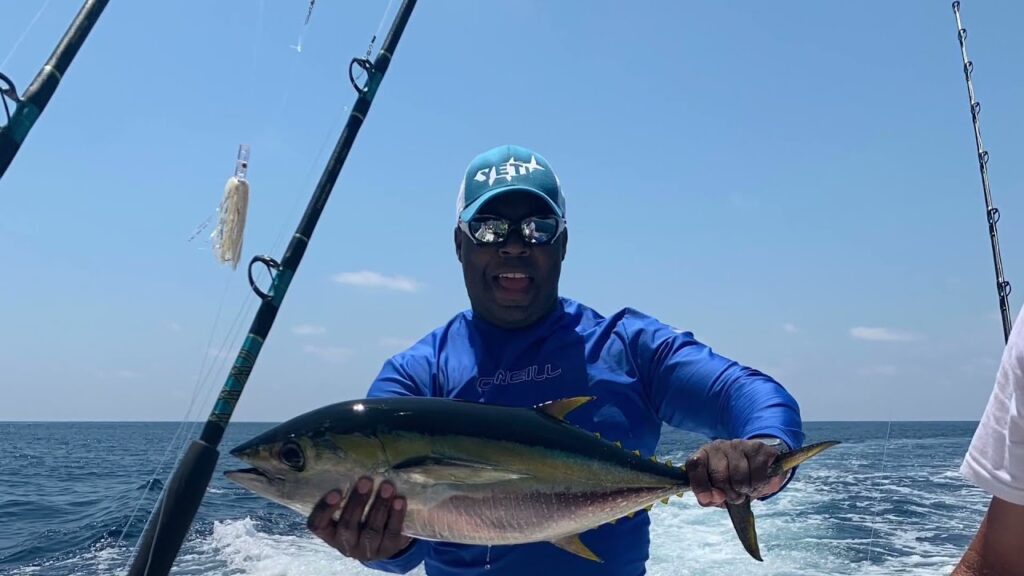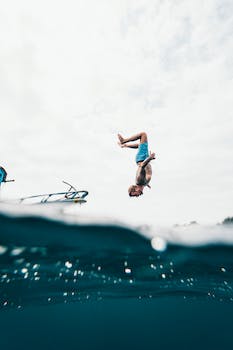Canoeing is a popular recreational activity that allows people to immerse themselves in nature while enjoying the calmness of the water. Whether you are an experienced paddler or a first-time canoeist, it is crucial to prioritize safety to ensure a secure and memorable experience. Here are some essential tips to help you canoe safely.
1. Wear a Personal Floatation Device (PFD): A PFD is one of the most important pieces of equipment you should never forget when canoeing. It is designed to keep you buoyant and afloat in case of an accident or capsize. Regardless of your swimming abilities, a PFD should be worn at all times while on the water.
2. Check Weather Conditions: Before heading out, check the weather forecast. Avoid canoeing during storms, strong winds, or heavy rainfall, as these conditions can make the water rough and increase the risk of accidents. If you notice any changes in the weather while on the water, seek shelter and wait until conditions improve before continuing your journey.
3. Learn Proper Canoeing Techniques: Familiarize yourself with the basic canoeing strokes and techniques to effectively navigate the water. Learning proper paddling techniques and body positioning can help you maintain stability and maneuver your canoe smoothly. Consider taking a canoeing lesson or practicing in calm waters before attempting more challenging environments.
4. Plan your Trip and Share your Itinerary: Before setting off on a canoeing adventure, plan your route and share it with a trusted friend or family member. Let them know your estimated time of return and any checkpoints along the way. This way, someone will be aware of your whereabouts, allowing them to alert authorities if necessary.
5. Bring Proper Safety Equipment: In addition to a PFD, it is crucial to carry other safety equipment, such as a whistle, flashlight, and a first aid kit. A whistle can be used to signal for help in case of an emergency, while a flashlight can come in handy if you find yourself on the water after dark. Carrying a first aid kit ensures you can provide immediate care for any minor injuries that may occur.
6. Be Aware of your Surroundings: When canoeing, always be aware of your surroundings. Keep an eye on other boats, buoys, and any potential hazards such as rocks, submerged objects, or fallen trees. Scan the entire area for any wildlife or underwater currents that may pose a risk to your safety. Maintaining situational awareness will help you make informed decisions and avoid accidents.
7. Buddy System: It is always safer to canoe with at least one other person, preferably someone experienced or knowledgeable about canoeing. Having a buddy not only enhances the fun but also provides an extra set of eyes and hands in case of an emergency. Should you capsize, your partner can help rescue you or summon help if needed.
8. Stay Hydrated and Protected: Canoeing is a physically demanding activity, especially when you spend long hours on the water. Always bring enough water to stay hydrated, wear sunscreen to protect your skin from harmful sun rays, and consider wearing a hat or sunglasses to shield your face and eyes.
Remember, safety should always be your top priority when canoeing. By following these essential tips and using your common sense, you can ensure a secure and enjoyable canoeing experience. So grab your paddle, put on your PFD, and embark on an adventure on the water while respecting and preserving the beauty of nature.
![]()









